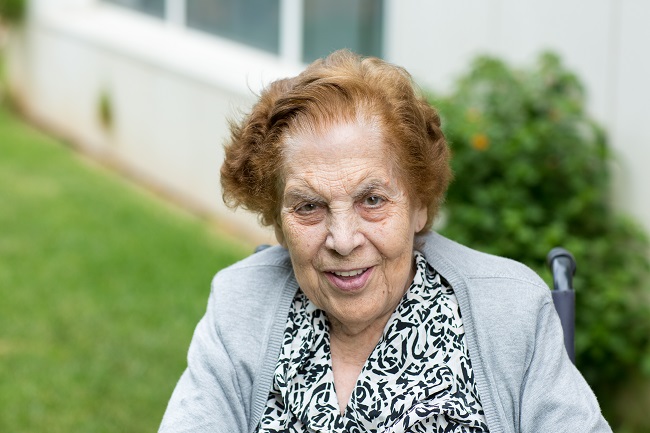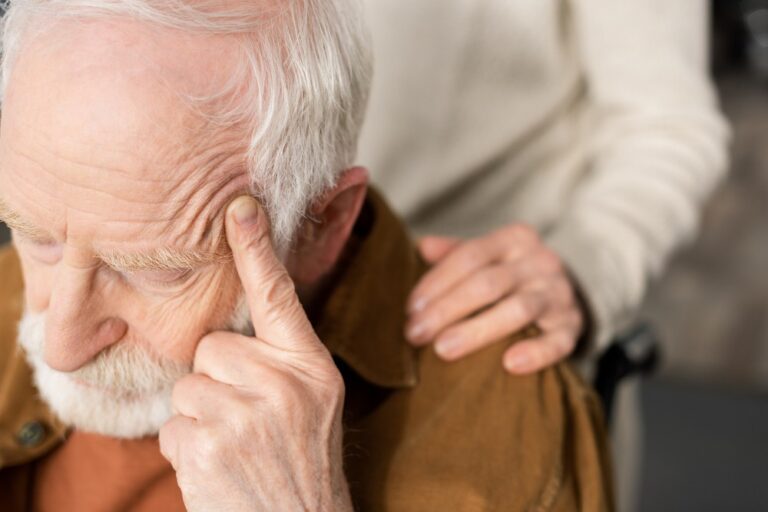Dysphagia in the elderly is a common problem, but often underdiagnosed. In this article, we are going to explore what dysphagia in the elderly is, what its implications are, its treatment, and how an appropriate menu and exercises can make a big difference.
What is dysphagia
Dysphagia is a condition that makes the swallowing process difficult, that is, the act of swallowing. In other words, people with dysphagia have trouble passing food, liquids, or even their own saliva from their mouth to their stomach.
What implication does dysphagia have in the elderly
Aging can lead to changes in swallowing that sometimes result in dysphagia. Dysphagia in the elderly can lead to a series of problems, including malnutrition, dehydration and social isolation, which is why proper hydration in patients with dysphagia is essential for good health and healthy aging.
In addition, it may increase the risk of aspiration pneumonia, since food or liquids can enter the airways and lungs. This is why it is crucial to know the treatment options for dysphagia in the elderly.
Treatment for dysphagia in the elderly
Treatment for dysphagia in the elderly may include a combination of medication, therapy and, in some cases, surgery. The choice of treatment depends on the underlying cause of dysphagia.
Speech therapists are usually health professionals who advise on the management and treatment of dysphagia. They can teach the elderly safe and effective swallowing techniques and recommend dietary changes, such as the texture and consistency of foods and liquids.
Menu for elderly people with dysphagia
Creating a menu for seniors with dysphagia can be a challenge. Foods should be nutritious, palatable, and have a consistency that is safe to swallow. Additionally, it is essential to avoid foods that are hard, sticky, or crumble easily.
Here are some menu ideas:
Breakfast:
- Soft instant cereal soaked in skim or liquid milk.
- Fruit smoothie mixed with yogurt without chunks or milk.
- French omelette, soft and fluffy.
- White bread without crust, soaked in milk or mild decaffeinated coffee.
Mid-morning:
- Liquid yogurt or soft pudding without chunks.
- Glue-free protein shake.
- Salty crackers moistened with broth or creamy soup.
Lunch:
- Vegetable puree or creamy soup without chunks.
- Cooked and minced fish.
- Smooth mashed potatoes.
- Fruit compote without pieces.
Snack:
- Soft and creamy ice cream.
- Gelatin without pieces.
- Fruit smoothie mixed with yogurt or milk.
Dinner:
- Smooth and creamy soup.
- Tender, ground meat (chicken, beef) in the form of meatballs or croquettes.
- Vegetable puree without pieces.
- Rice or tapioca pudding without lumps.
Before going to bed:
- Liquid yogurt or protein shake without lumps.
- Smooth and creamy pudding.
Remember that it is important to adapt the consistency and texture of foods according to the needs and medical recommendations of each individual. You can also add spices and mild seasonings to improve the flavor of foods without compromising the appropriate texture for dysphagia.
Exercises for dysphagia in the elderly
In addition to treatment and proper diet, exercises for dysphagia in the elderly can be of great help. These exercises aim to strengthen the muscles involved in swallowing. Some of them include:
- Tongue strengthening exercises: Ask the patient to move their tongue up and down, side to side, and in circles. You can also use a tongue depressor to exercise your tongue muscles.
- Swallowing exercises: Practice different swallowing techniques with the patient. You can start with small sips of water and then gradually increase the amount. Make sure the patient maintains an upright posture during swallowing.
- Chewing exercises: Encourage the patient to chew soft foods and harder textures, such as crunchy vegetables or well-cooked meat. This will help strengthen your jaw muscles and improve chewing coordination.
- Breathing exercises: Proper breathing is important for safe swallowing. You can teach the patient deep breathing exercises and diaphragmatic breathing technique to strengthen the respiratory muscles.
- Massages and stretches: Perform gentle massages around the patient’s jaw, neck and throat. This can help relieve tension and improve flexibility of the muscles involved in swallowing.
Remember that it is important that these exercises are supervised by a health professional, such as a speech therapist, to adapt them to the patient’s specific needs and ensure their safety. In addition, it is essential that the patient is relaxed and comfortable during the exercises.
And that’s it! As you see, although dysphagia in the elderly can be a challenge, it is a condition that can be successfully managed through adequate treatment, an appropriate menu and specific exercises.
If you or a loved one are experiencing dysphagia, do not hesitate to seek help from a health professional. Remember, health comes first!






